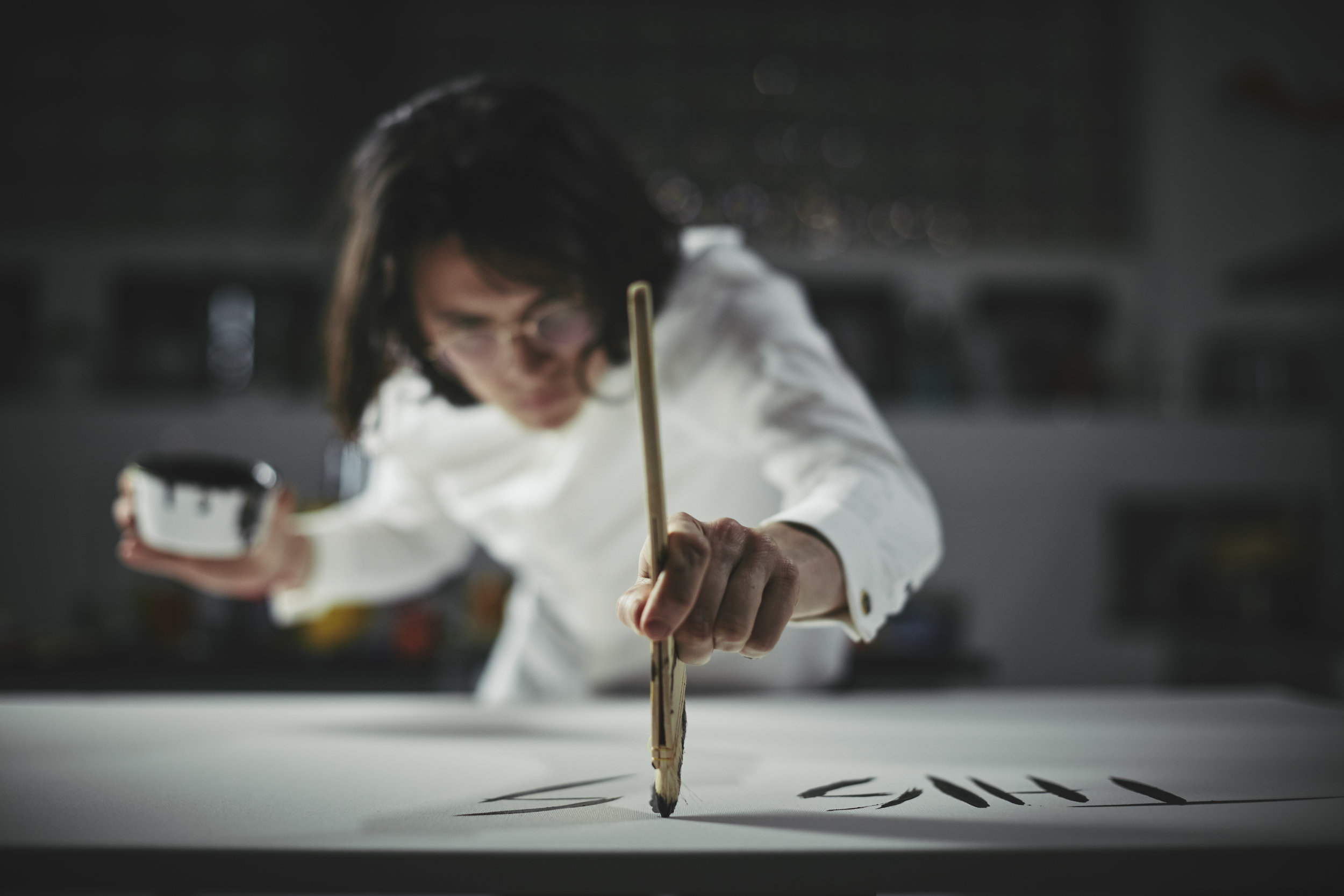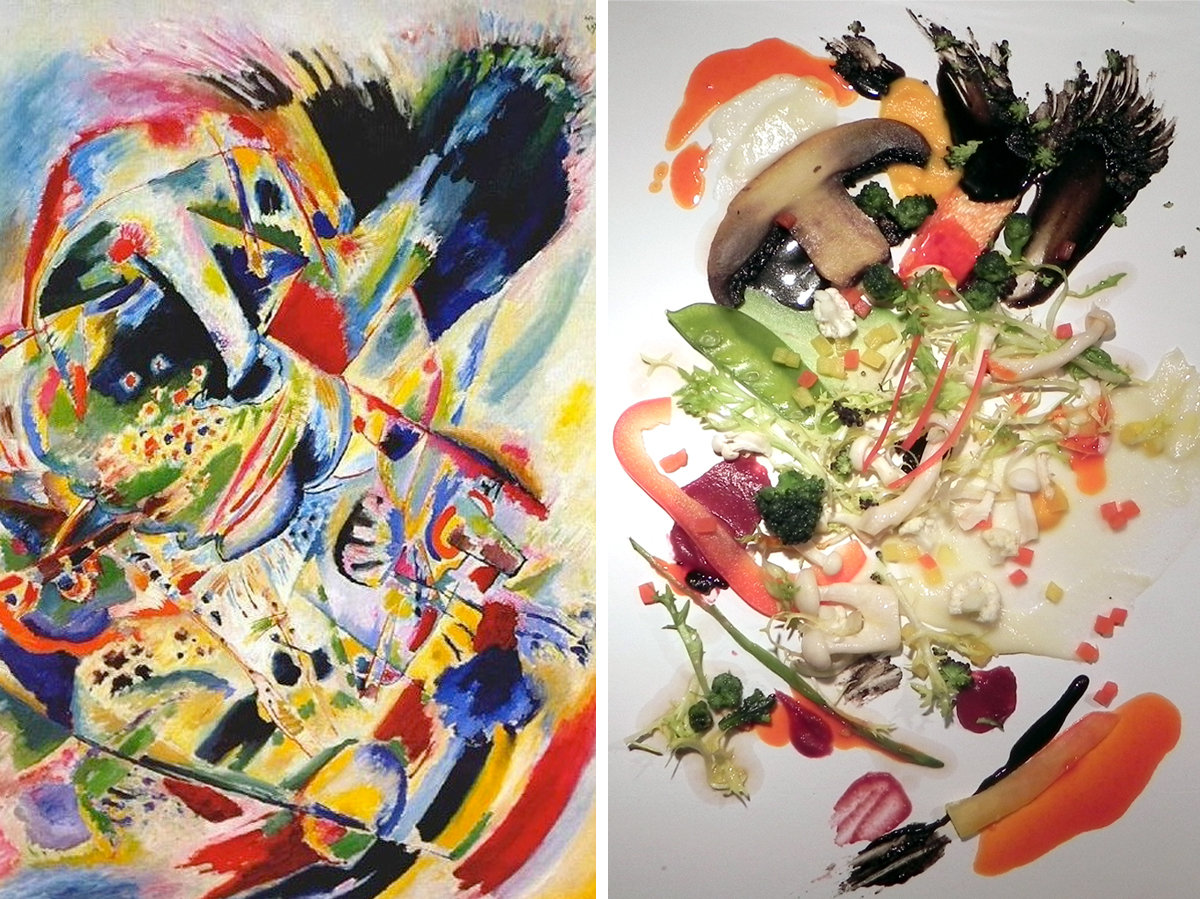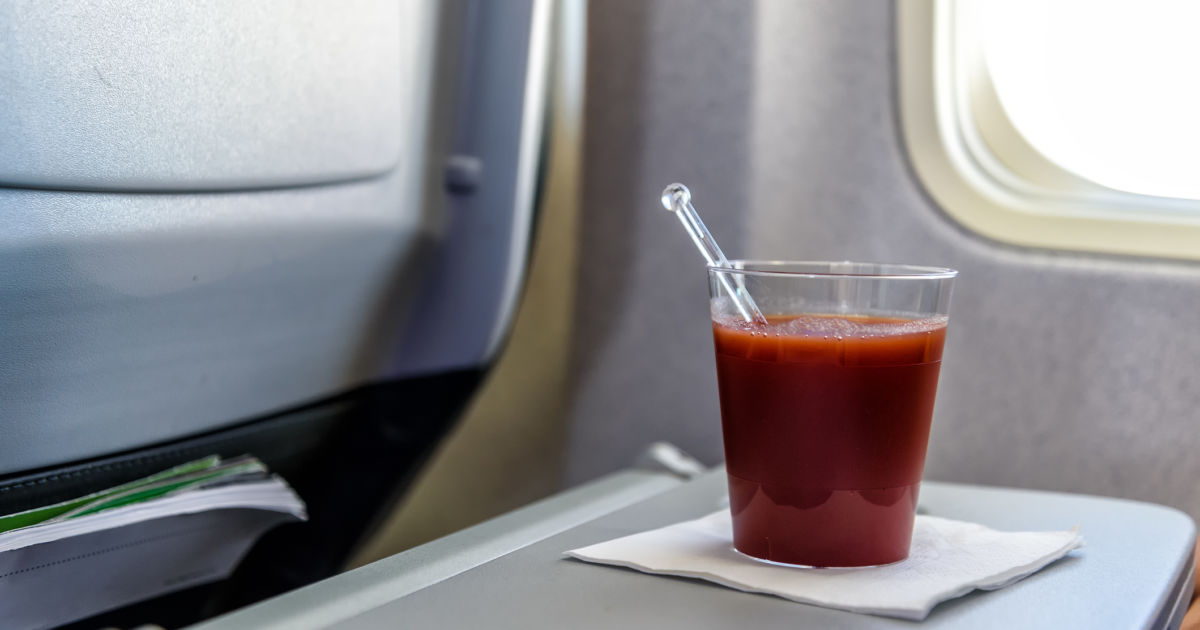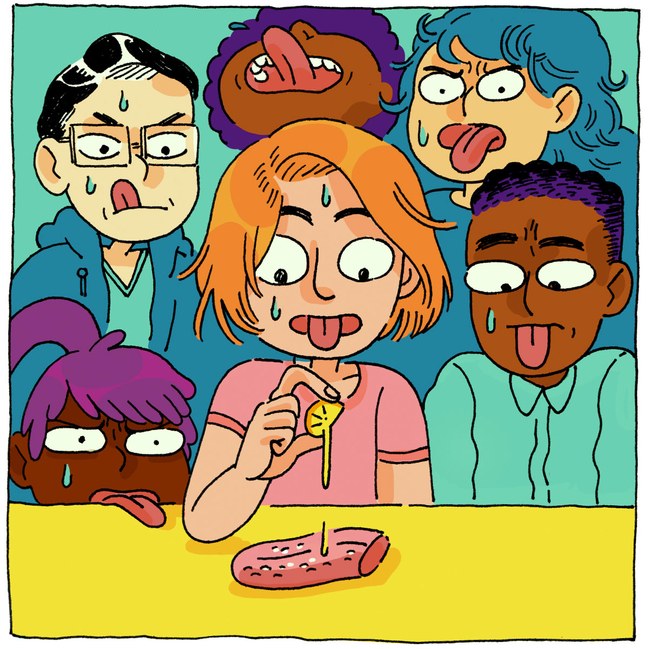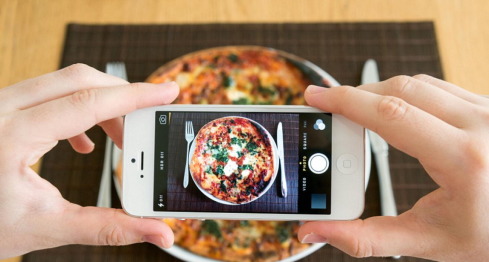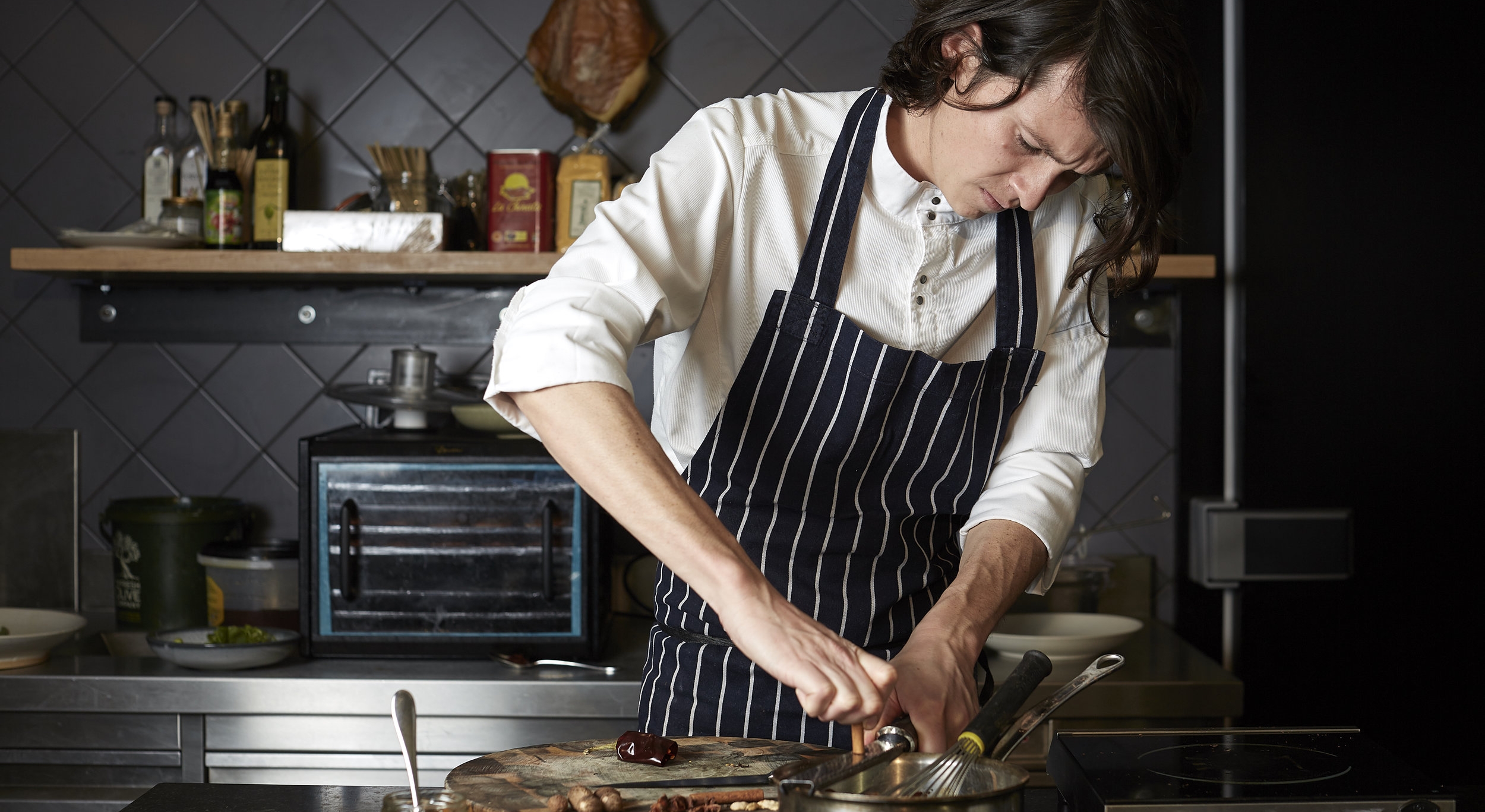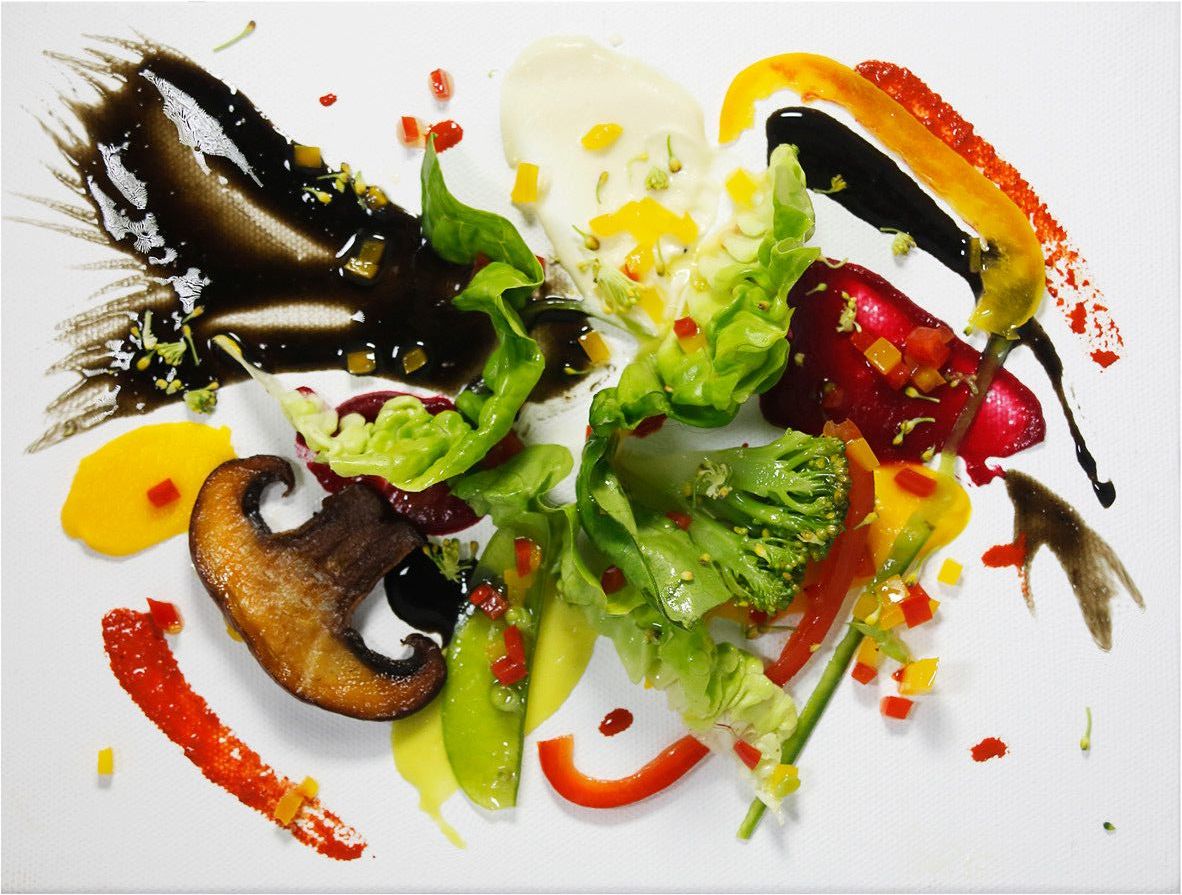From 2013 to 2016, I conducted scientific research at the Crossmodal Research Laboratory in Oxford, UK, mentored by Professor Charles Spence, who gave me the unconventional title of “Chef-in-Residence”.
My research has been focused on food aesthetics, trying to understand what our minds process as beautiful and meaningful food experiences to design better foods for markets, strategies for healthier and more sustainable consumption behaviours. These flavour perception studies are conducted at the lab, but also online, and in naturalistic dining events, in collaboration with artists, chefs and scientists from different backgrounds.
These manuscripts have been published in Journals such as Food Quality and Preference, Brain & Cognition, Appetite, Flavour Journal, Journal of Sensory Studies and Perception. Most of these papers have been published open-access, to make the ideas and procedures of the emerging science of Gastrophysics accessible to all.
Click here for the press coverage of this research (updated in 2015).
Published Peer-Reviewed Work
A taste of Kandinsky: assessing the influence of the artistic visual presentation of food on the dining experience
Michel, C., Velasco, C., Gatti, E., & Spence, C. (2014). Flavour, 3, 7.
Abstract: Researchers have demonstrated that a variety of visual factors, such as the colour and balance of the elements on a plate, can influence a diner’s perception of, and response to, food. Here, we report on a study designed to assess whether placing the culinary elements of a dish in an art-inspired manner would modify the diner’s expectations and hence their experience of food.pl
Airplane noise and the taste of umami
Spence, C., Michel, C., & Smith, B. (2014).
Flavour, 3, 2.
Abstract: Have you ever noticed how many people ask for a Bloody Mary or tomato juice from the drinks trolley on airplanes? The air stewards have, and when you ask the people who order, they will tell you that they rarely order such a drink at any other time. Could it be that umami-rich tomato provides one of the only basic tastes that is relatively unaffected by the loud background noise that one is exposed to while in flight? That is the research suggestion, or hypothesis, outlined in this opinion piece. Should such a claim be validated by future research, the potential application for airline catering could be huge.
The Butcher's Tongue Illusion
Michel, C., Velasco, C., Salgado-Montejo, A., & Spence, C. (2014). Perception, 43, 818-824.
Abstract: We report two experiments, based on a novel variant of the Rubber Hand Illusion (RHI), in which tactile stimulation is referred to an artificial (out-of-body) tongue. In the experiments reported here the participant's tongue was stimulated while they looked at a mirrored dummy tongue. The results demonstrate that the multisensory integration of visual, tactile, and proprioceptive information that gives rise to the RHI can be extended to the tongue (a body part that is rarely seen directly).
On the importance of balance to aesthetic plating
Abstract: Traditionally, the visual composition of food on a plate, or plating, has often taken place in an intuitive manner. Recently, researchers interested in the aesthetics of food have started to assess people’s overall preferences when it comes to the visual composition of food on the plate, and the impact that this may have on the consumption experience.
Odd versus even? An investigation on the impact of number of food items on plating preferences
Woods, A. T., Michel, C., & Spence, C. PeerJ.
Abstract: We report on the results of a series of large-scale computer-based preference tests (conducted at The Science Museum in London and online) that evaluated for the first time the widely-held belief in kitchens that food should be plated in odd rather than even numbers of elements on the plate in order to maximize the eye appeal of a dish.
Eating with our eyes: From visual hunger to digital satiation
Spence, C., Okajima, K., Cheok, A., Petit, O., & Michel, C (2016). Brain & Cognition.
Abstract: One of the brain’s key roles is to facilitate foraging and feeding. It is presumably no coincidence, then, that the mouth is situated close to the brain in most animal species. Here, we question the impact that our increasing exposure to images of desirable foods (‘food porn’) via digital interfaces might be having, and ask whether it might not inadvertently be exacerbating our desire for food (what we call ‘visual hunger’).
Cutlery matters: heavy cutlery enhances diners’ enjoyment of the food served in a realistic dining environment
Michel, C., Velasco, C., & Spence, C. (2015). Flavour, 4, 26.
Abstract: We report a study conducted in a realistic dining environment, in which two groups of diners were served the same three-course meal. The presentation of the starter (centred vs. offset plating), the type of cutlery used for the main course, and the shape and colour of the plate on which that dessert was served were varied.
Rotating plates: Online study demonstrates the importance of orientation in the plating of food
Michel, C., Woods, A. T., Neuhaeuser, M., Landgraf A., & Spence, C. (2015). Food Quality and Preference, 44, 194-202.
Abstract: We report three online experiments designed to assess how the visual composition of the elements of a commercially-successful dish would be perceived by naïve assessors, in terms of their liking and willingness to pay. The results highlight the potential of a digital (Internet-based) testing methodology to determine the optimal visual presentation of food affecting consumers value-perception in significant ways.
Studying the impact of plating on ratings of the food served in a naturalistic dining context
Michel,C. Velasco, C., Fraemohs, P., & Spence, C. (2015). Appetite, 90, 45-50.
• Large-scale dining events can help to confirm theories on food perception.
• Changing the visual arrangement of food affects the experience of diners.
• The perceived value of a dish changes depending on how it is plated.
The plating manifesto (I): from decoration to creation
Deroy, O., Michel, C., Piqueras-Fiszman, B., & Spence, C. (2014). Flavour, 3, 6.
Abstract: In this manifesto, we claim that this transfer of knowledge represents much more than merely another addition to the art and science of cuisine: it is its essential completion, as gastronomy moves more and more toward the ideal of a total multisensory art, as captivating for the eye as it is for the palate.
Plating manifesto (II): the art and science of plating
Spence, C., Piqueras-Fiszman, B., Michel, C., & Deroy, O. (2014). Flavour, 3, 4.
It is well known that people serve themselves more, not to mention eat more, when dining from larger bowls and plates than from smaller ones. But what about the other visual qualities of the plateware? Does the colour, shape and finish also influence a diner’s behaviour? How important are these extrinsic visual properties, or even the visual arrangement of the elements on the plate itself, in terms of modulating a diner’s eating behaviours and experiences?
Does the type of receptacle influence the crossmodal association between colour and flavour? A cross-cultural comparison
Wan, X., Velasco, C., Michel, C., Mu, B., Woods A. T., & Spence, C. (2014). Flavour, 3, 3.
Abstract: We report a cross-cultural study designed to investigate whether the type of receptacle in which a coloured beverage is presented influences the colour-flavour associations that consumers make. Participants from the United States of America (USA) and China were shown photographs of red, green, yellow, blue, orange, brown, and clear liquids in a water glass, a wine glass, a cocktail glass, and a plastic cup.
Crossmodal Expectations of Tea Color Based on Flavor: A Preliminary Study with Naïve Assessors
Abstract: To date, there has been surprisingly little published research concerning the crossmodal associations that people have with tea beverages, specifically regarding tea's distinctive hue. In two experiments, we assessed the beverage colors that Chinese tea drinkers associate with different types of tea tasted while blindfolded.

